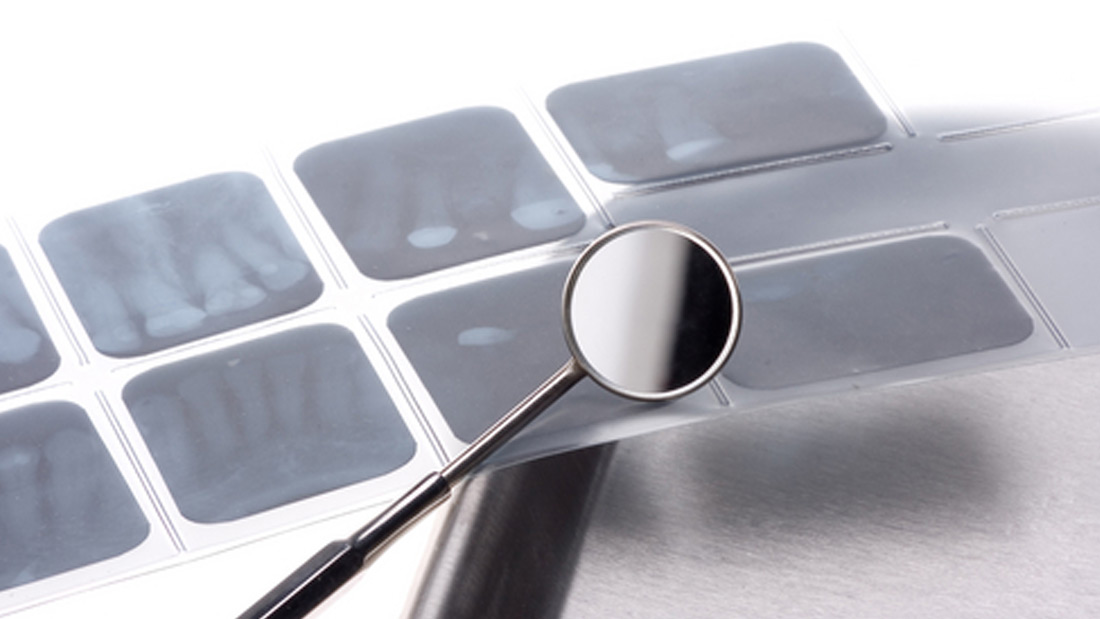A root canal treatment is the last attempt to help save a tooth that would otherwise have to be extracted. If the nerve becomes affected by decay, or due to a deep filling, extreme wear, a fracture of the anatomical crown, or due to a knock on the tooth, this can cause the nerve to become infected. Once the nerve has become infected, it will eventually die off, and with time the tooth may become symptomatic.
Signs include a pimple on the gum next to the tooth, looseness of the tooth, and symptoms include pain especially due to heat or tapping the tooth, the pain can be lingering and occur spontaneously. There may also be throbbing especially when bending, lying or running, and the tooth ache can awake you from your sleep.
Root canal treatment has been unfairly branded in the past as a painful procedure. The tooth in question will be anaesthetised at each and every appointment. After each visit it is normal to have some post-operative discomfort, which could last a few days. Take a mild painkiller if you need to, and antibiotics if they have been prescribed for you.
Your root canal treatment may be done in one or more sittings depending on the shape and number of roots. Essentially there are three steps involved:
- removing the nerve i.e. only the nerves are removed, the roots remain
- shaping and cleaning the root canals and finally
- filling the root canals with a rubber filling material.
After a probationary period to see that the tooth is settling, your tooth should be crowned to afford it protection. Depending on the amount of solid tooth structure remaining, a “post and core” may have to be placed prior to crowning the tooth. The post supplies the retention for the core, and the core provides the support for the crown to stay in place.


